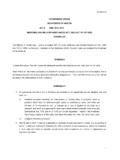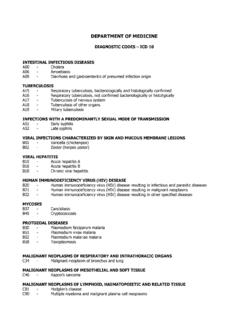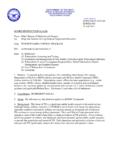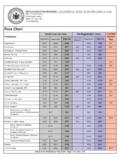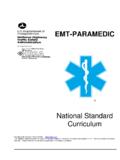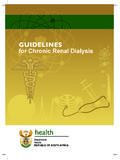Transcription of How to Dispose of Unwanted Medications - ct.gov
1 How to Dispose of Unwanted Medications Are you throwing unused Medications and over-the-counter products down the toilet or the sink? STOP! Flushing Medications down the toilet or sink causes water pollution, impacts drinking water and has adverse effects on septic systems, fish and aquatic life. Safe Ways To Dispose Of Medications And OTC Products Include: 1. Follow the directions, below and put them in the trash. 2. Find out if the local police department has a locked drug drop box. 3. See if your pharmacy has a low-cost disposal envelope to send away (CVS, Walgreens and Rite-Aid all do). 4. Bring them to a one-day collection. Directions on how to throw away in trash: 1. Keep medication in its original container. Cross out patient's name or remove label. 2. Modify the Medications to discourage consumption.
2 For pills or capsules: add a small amount of water to partially dissolve them. For liquid Medications : add salt, flour, charcoal, kitty litter or a powdered spice to make a pungent, unsightly mixture that discourages anyone from eating it. For blister packs: wrap pack containing pills in multiple layers of duct tape. 3. Seal and conceal. Tape medicine container lid shut with packing / duct tape. Place inside a non-transparent bag or container so it cannot be seen ( , an empty yogurt or margarine tub). Do not conceal medicines in food products because animals could inadvertently consume them. 4. Discard the container in your trash can. Do not put container in your recycling bin! NOTE: Certain chemotherapy drugs may require special handling, so check with your healthcare provider or pharmacist.
3 For more information, go to , or contact: CT Department of Energy & Environmental Protection, Office of Pollution Prevention, (860) 424-3297 Thanks to Minnesota Office of Environmental Assistance for permission to use parts of their brochure and the CT Department of Consumer Protection for their assistance. Last updated April 2015.










